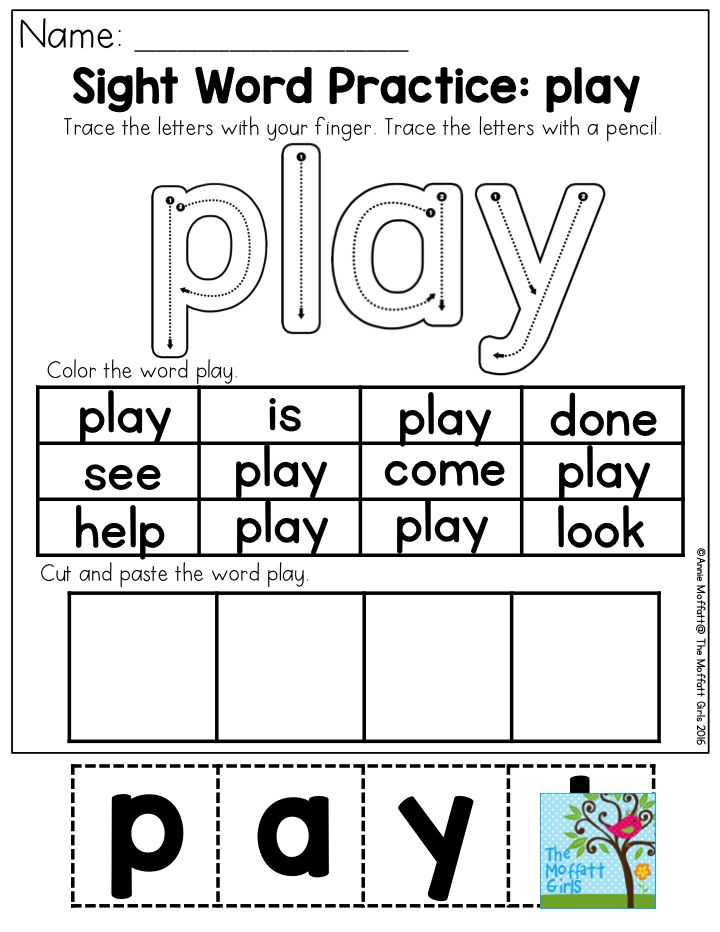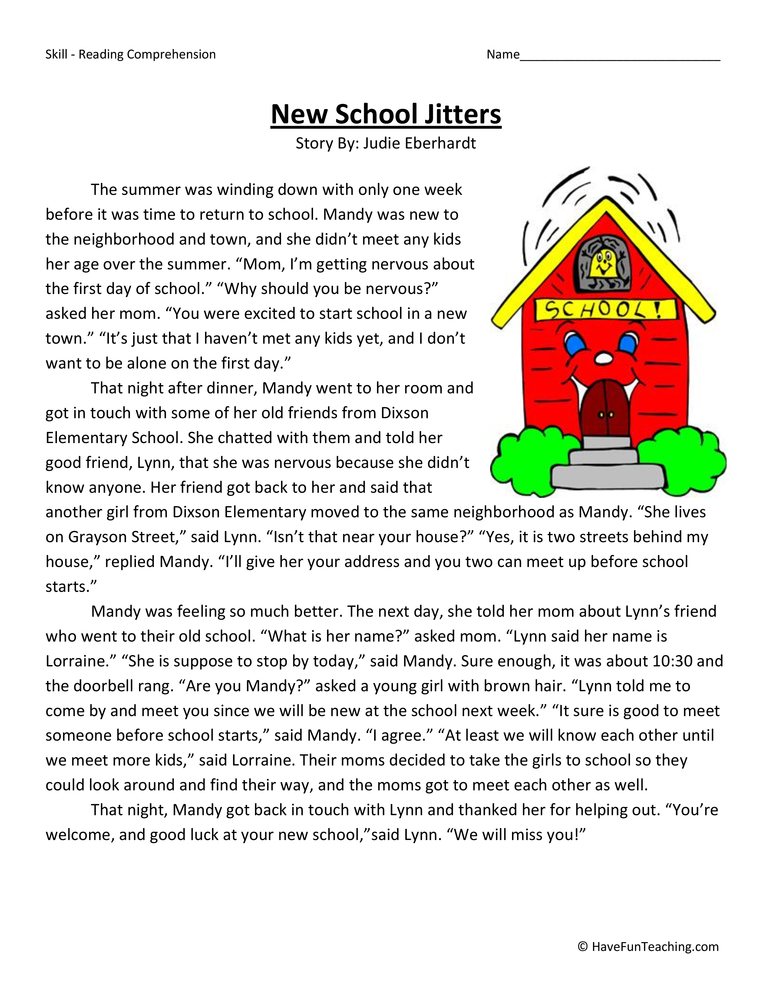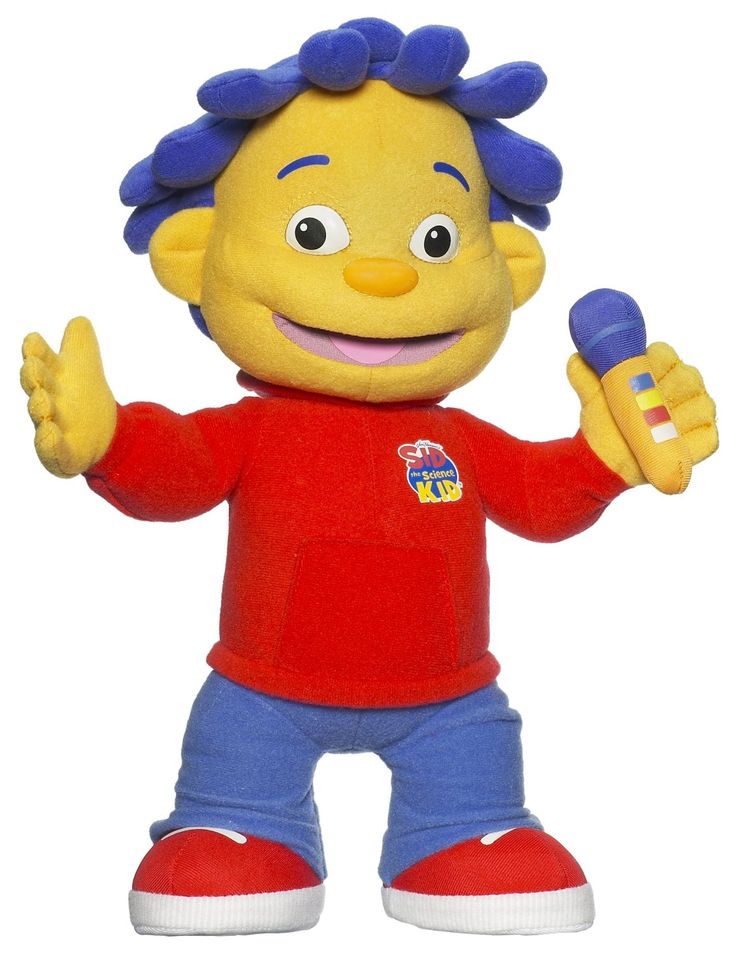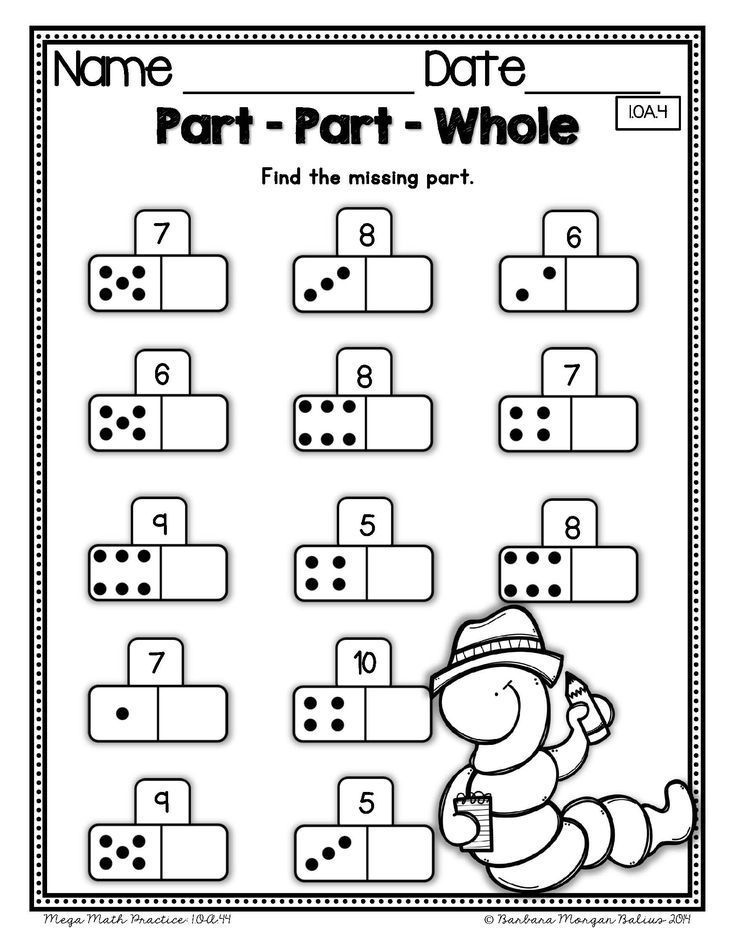What do kindergarteners learn in math
What Kids Learn in Kindergarten
As parents it’s hard to keep up with our kids’ learning schedules. When are they supposed to start learning addition? By what age should they be able to read? Are they on track with their grade-level learning or do we need to help them catch up?
These are all questions we thought we’d cover in our next series on what kids learn in each grade. Today, we’ll start with kindergarten.
Some Background
Kindergartners are very curious about how things work and teachers often use this enthusiasm by setting up projects on topics that interest them. The kindergarten year is one in which kids learn more about the formal classroom setting – learning to focus for segments of time on basic literacy and math, and learning simple science and social studies. This is the foundation year for getting used to the routine of school, the process of focusing and learning, and the social skills involved in making new friends. It’s a crucial year for building the foundation of learning.
Reading
Letter-sound correspondence, phonemic awareness, sight words, rhyming, words families and concepts about print are the areas in which your child will expand his knowledge this year. Kindergarten students learn how to identify letters in the alphabet and their sounds, and about letters and sounds that go together to form words. Most kindergarten children are expected to read words by the end of the school year.
They also learn to print letters. They will work on developing fine motor skills as they learn to write the alphabet in both capital and lowercase letter. They will also attempt to write stories, journal entries or poems. These will often be a disjointed jumble of letters and words, but it’s a first step towards expressing themselves in writing.
This will be the year in which school encourages parents to play an active role in helping their kids to learn to read. Many schools provide the students with book bags to take home and read with their parents.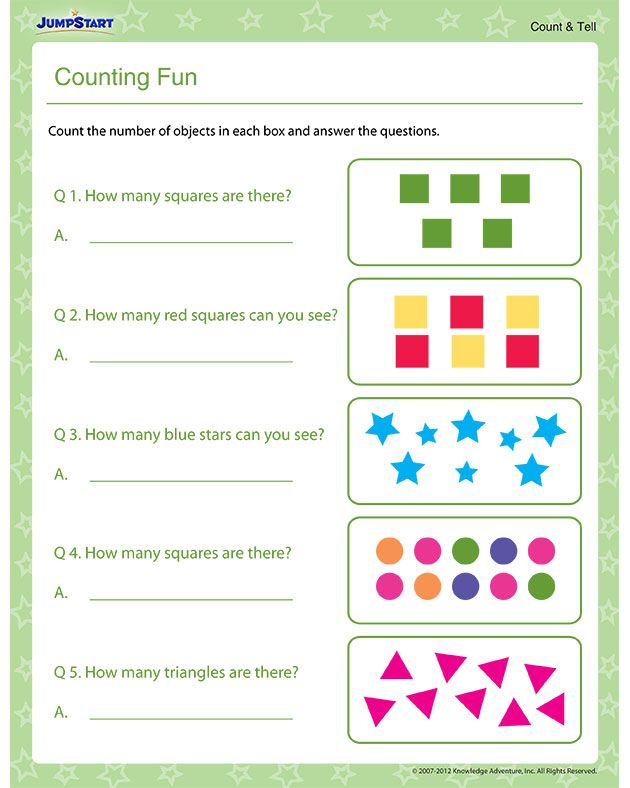
Teachers spend time reading to the kids and playing rhyming and word association games to build on their vocabulary and help them in their reading skills.
Math
Math in kindergarten is all about the basics. They will learn how to count, recognize numbers up to 10 and sort objects. Using concrete props, they will learn the concepts of more and less, ordinal numbers, basic addition and subtraction, creating patterns. They’ll start to learn about time and calendars and cover these regularly in class. Teachers often start the day by having a student come up to the board to pin the calendar day, the day in the week and the weather on that day.
By the end of kindergarten, students should know the components of a calendar and how to build on them – days, weeks, months, and some basic time – on the hour, half hour segments - – recognize numbers up to 100 and count to 100, and some basic single-digit addition and subtraction.
Science
Science is all about starting to make sense of the world around them. Kids learn about plants, animals, good health habits, the weather and keeping track of the weather, and about the five senses and basics about their bodies. Teachers will conduct simple science experiments in class. Kindergartners can remember more information and can now use that to make connections between things and group things together.
Kids learn about plants, animals, good health habits, the weather and keeping track of the weather, and about the five senses and basics about their bodies. Teachers will conduct simple science experiments in class. Kindergartners can remember more information and can now use that to make connections between things and group things together.
Social Studies
In social studies the year start with the focus on “me”. They learn about their immediate and extended families, learn their address and phone numbers and share information about themselves and their interests.
By the end of the year, they will have broadened their field to look at different families, cultures, the neighborhood and the community.
Math Skills for Kindergarten, What Your Child Will Learn, Komodo Math
- Math Tips
- Education
- K
As your child heads into kindergarten, you’ll be feeling all sorts of emotions.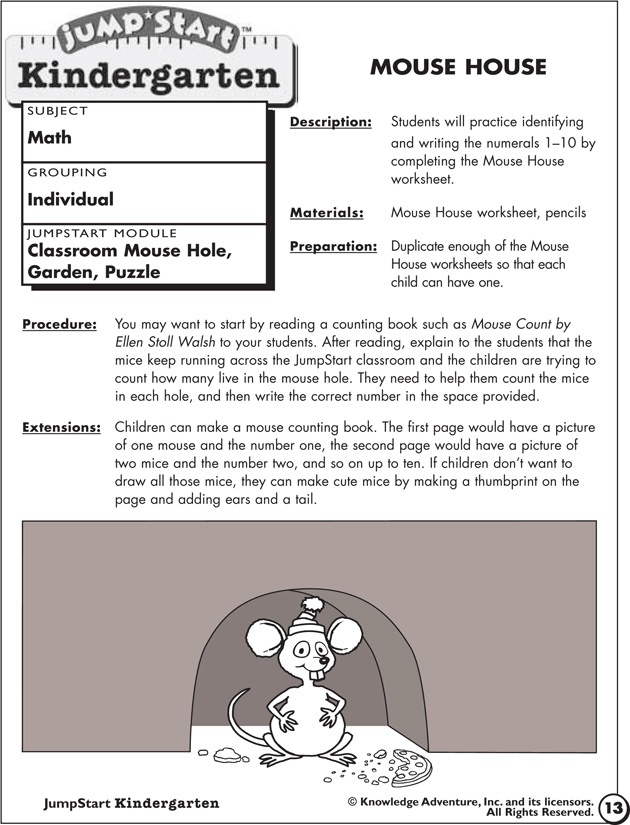 You may be wondering: How can my baby be that old? Is she ready? What exactly is he going to learn in kindergarten?
You may be wondering: How can my baby be that old? Is she ready? What exactly is he going to learn in kindergarten?
While kindergarten may have changed since you were a child, it still forms the foundation of your child’s schooling and we wrote earlier about how to prepare for a successful start to the school adventure.
In math, students will learn the basics of how numbers work while exploring place value and the concepts of addition and subtraction.
But there’s no need to figure everything out as your child does - this article will help you get a head start by knowing what to expect.
In kindergarten your child will learn how to:
1. Count to 100
Going into the school year, your child may be able to orally count to 10 or beyond. By the end of kindergarten, expect that counting to advance to 100. But don’t worry, we’re only talking about counting orally. Your kindergartner will not be expected to write all the numbers to 100.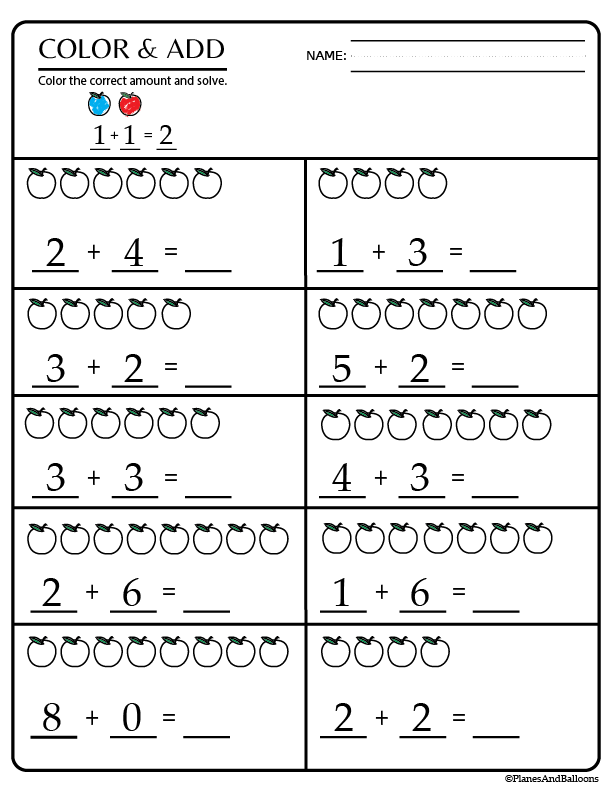
In most kindergarten classrooms, teachers count the days of school with the children. By counting each day, children gradually become more fluent with bigger and bigger numbers. At the end of 100 days, kindergarten classrooms often have a big celebration with many more opportunities for counting.
At home: To support your child’s counting skills, encourage your kindergartner to count as high as possible. This is a great task to give your child in the car - or even at bedtime!
2. Answer “how many?” questions about groups of objects
As well as counting to 100, kindergartners will be asked to count how many objects are in a group. Students need to be able to physically count objects one at a time, assigning one number to each object as they count. This is a skill called one-to-one correspondence.
At home: Ask children to tell you how many toys they are playing with and watch how they keep track of each object that is counted. If your kindergartner counts the same object twice or skips an object, encourage another try.
If your kindergartner counts the same object twice or skips an object, encourage another try.
3. Solve basic addition and subtraction problems
In kindergarten, children start to develop an understanding of addition and subtraction within 10. Kindergartners start by solving problems involving physical objects, and as the year goes on, students learn to draw pictures to represent addition and subtraction problems. They will even begin to solve simple word problems.
At home: Present two groups of blocks (less than 10 in all) and have your child add the blocks together. As your child develops understanding, you can ask simple addition or subtraction problems without using the physical objects as a support.
4. Understand the numbers 11-19 as a ten plus some ones
Though it may seem quite advanced, your kindergartner will begin to understand the concept of place value and that position makes some numbers bigger than others - ie get to grips with the idea that 21 is bigger than 12.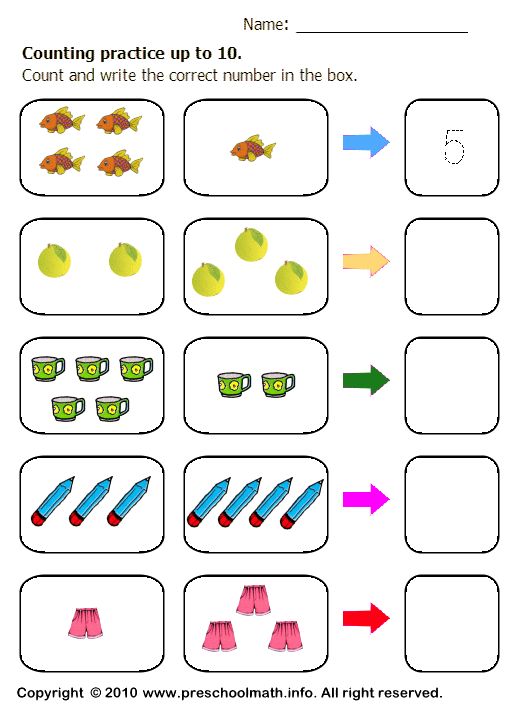 Students may use place value blocks to be able to “see” how ten ones become a ten.
Students may use place value blocks to be able to “see” how ten ones become a ten.
At home: When counting blocks or lego bricks at home, make a group of ten. Then add on extra “ones” to make the numbers 11-19. You can even talk about place value when looking at written two-digit numbers.
5. Name shapes
Kindergartners will learn about 2D and 3D shapes. They should be able to name different shapes while describing their features. Kindergartners love to recognize shapes in the real world!
At home: Help your child by having them spot squares, cubes, spheres, rectangles, etc. Challenge your kindergartener to draw pictures using basic 2D shapes, then talk to you about the drawings. Making and continuing shape patterns is another fun way to help engage your kindergartner as they learn about shapes.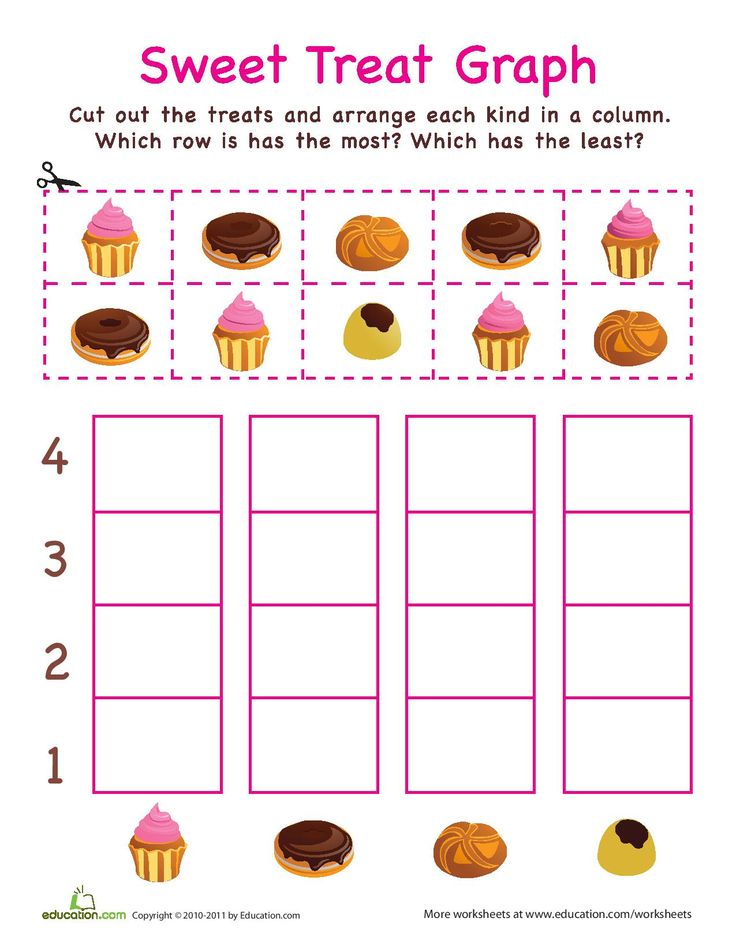
Throughout the year, make sure to ask your child about what’s happening in kindergarten math. Give your child an opportunity to teach you by sharing what he or she has learned. Get ready for a fun year in kindergarten!
Found this useful? Check out our grade by grade math guides from Kindergarten to 5th grade
Written by Lily Jones, Lily loves all things learning. She has been a kindergarten & first grade teacher, instructional coach, curriculum developer, and teacher trainer. She loves to look at the world with curiosity and inspire people of all ages to love learning. She lives in California with her husband, two kids, and a little dog.
About Komodo – Komodo is a fun and effective way to boost K-5 math skills. Designed for 5 to 11-year-olds to use in the home, Komodo uses a little and often approach to learning math (15 minutes, three to five times per week) that fits into the busy family routine. Komodo helps users develop fluency and confidence in math – without keeping them at the screen for long.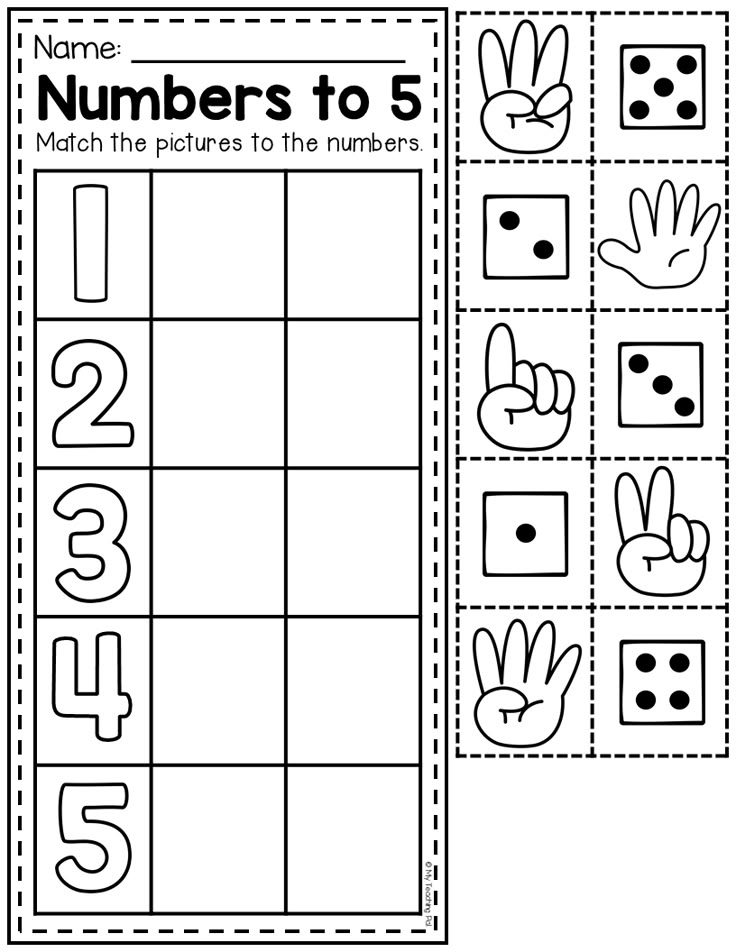
Find out more about Komodo and how it helps thousands of children each year do better at maths – you can even try Komodo for free.
Back to School - 5 Tips to Help you Ease Back into the Routine
Here are some steps you can take to ease children back from full vacation mode so that the first week of school doesn't knock you sideways.
Mindset - The Path to Mastery
People who have a growth mindset believe that they always have the potential to learn and improve. They are more motivated to persevere with difficult tasks, to take risks and to learn from failure.
Mathematics in grade 1 - what should a child be able to do?
Global development does not stand still, so the requirements for a person and his capabilities are constantly increasing. Including such a category of the population as schoolchildren. They need to work almost without rest in order to withstand the competition of their peers.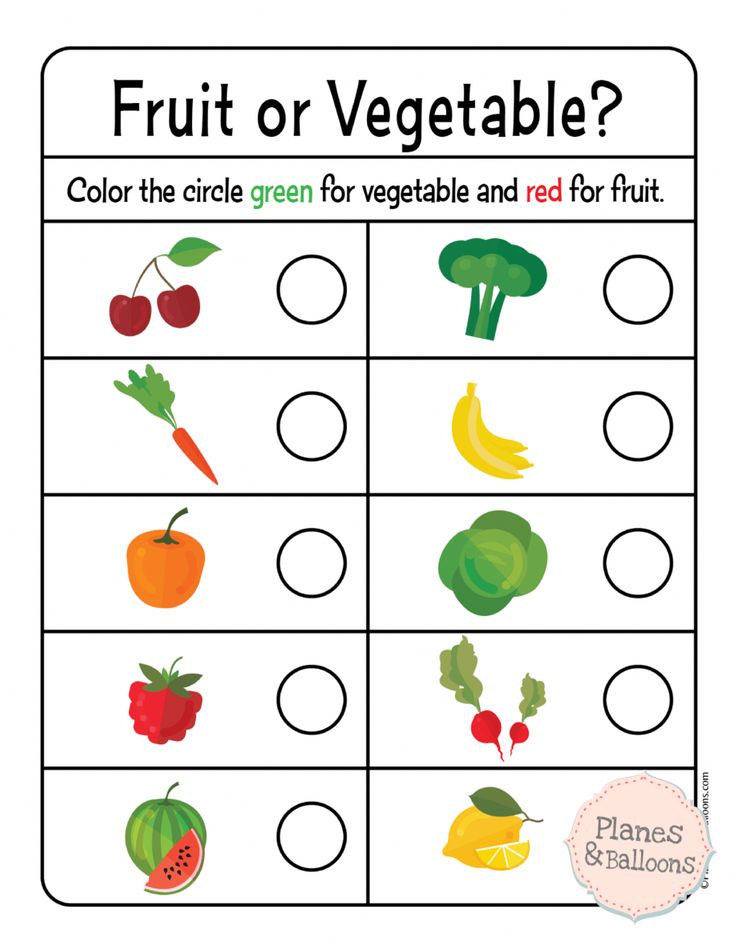
The level of knowledge of first graders has also become quite high. Schools do not have strict requirements for future students, but still, yesterday's kindergarteners must be prepared for basic subjects. It will be easier for a child to study in the first grade if he knows letters and sounds, can read by syllables, hold a pen correctly, and even better be able to write letters and know the alphabet well. As for mathematics in the first grade, there are also some requirements: you need to know simple geometric shapes, count up to 10, and preferably up to 20, understand what direct and reverse ordinal counting is, navigate on a sheet of paper.
Both the educational and moral readiness of children is important. Parents are worried about the future first-grader, because even knowing everything that is needed, he can get confused and nervous. And school interviews are held precisely for this, so that teachers can understand how capable and prepared the child is.
How can I help my child learn the school curriculum in mathematics in the first grade?
Many parents from the first grade strive to teach their children to study well - to get only A's.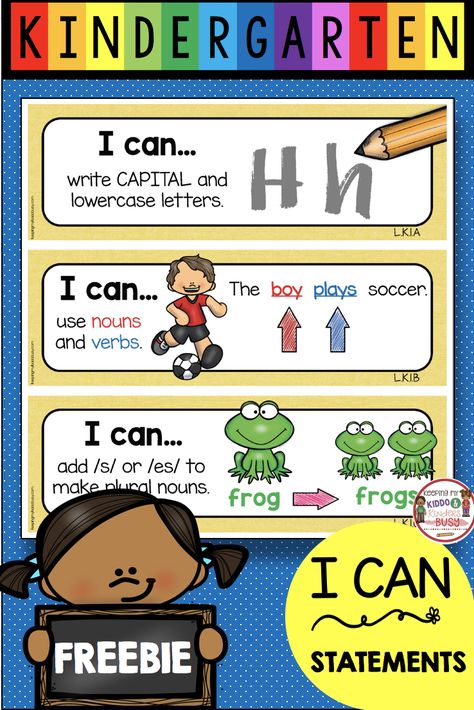 But at the same time, they forget to emphasize that the most important thing is to gain knowledge. Even first-graders often have a problem that the grades are good, but there is very little knowledge. After all, it’s easy to just memorize the material in order to answer well at the blackboard the next day. It is difficult to understand and understand the topic in order to fix it forever.
But at the same time, they forget to emphasize that the most important thing is to gain knowledge. Even first-graders often have a problem that the grades are good, but there is very little knowledge. After all, it’s easy to just memorize the material in order to answer well at the blackboard the next day. It is difficult to understand and understand the topic in order to fix it forever.
Therefore, parents should convey to their children that the most important thing is to understand mathematics, learn how to apply it in life, consciously perform exercises, not solve examples in the classroom mechanically, but only with full understanding and without haste. For conscious learning, the development of logic and non-standard critical thinking also helps. Thanks to them, it will be easier for the student to understand mathematics and apply its laws in life.
1st grade math assignments
First-graders' education is mainly based on what the children learned in pre-school lessons.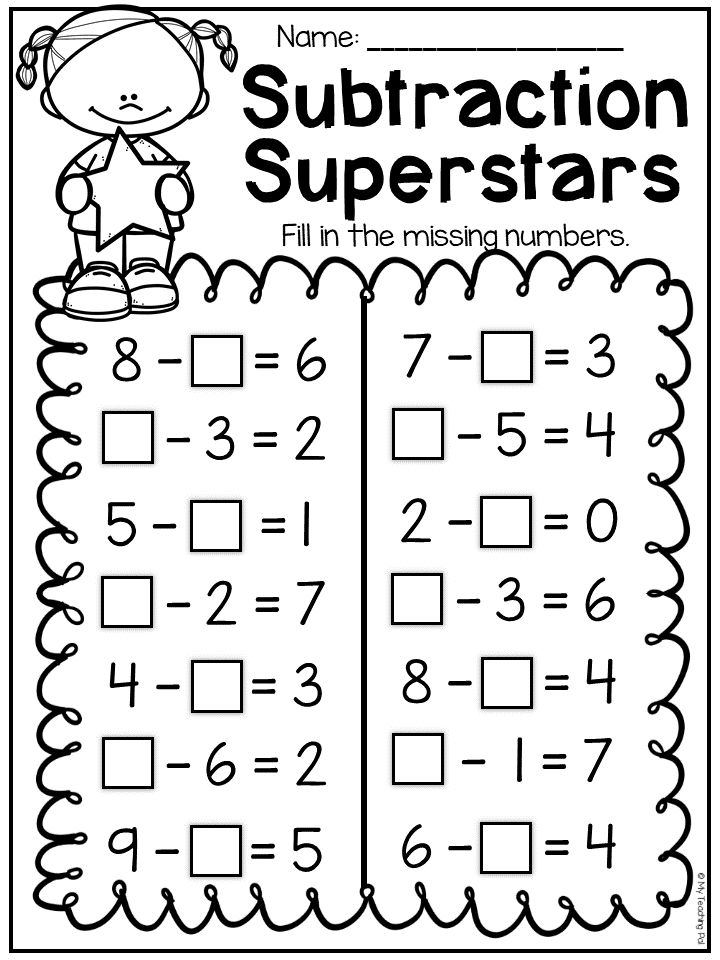 The past is repeated, and the complication of the material occurs very gradually.
The past is repeated, and the complication of the material occurs very gradually.
Mathematics assignments in grade 1 are the study of a straight line, a point, a broken line, simple geometric shapes, both written and mental counting. Considering that the basis of algebra is the multiplication table, then in the first grade there is preparation for its study: fundamental knowledge is gained, which in the second grade allows you to master the multiplication table.
In addition, of course, students learn to find figures in the world around them, broaden their horizons, try to apply in life the calculation that they have already mastered. They also solve puzzles, puzzles, easy entertaining tasks, the simplest examples. Despite the fact that this is a school, teachers try to teach the material in an interesting way, and pick up tasks that are exciting and in a playful way.
Math puzzles and quick wits
In addition to learning numbers, rules and counting, it is important to give your child to solve various puzzles and puzzles.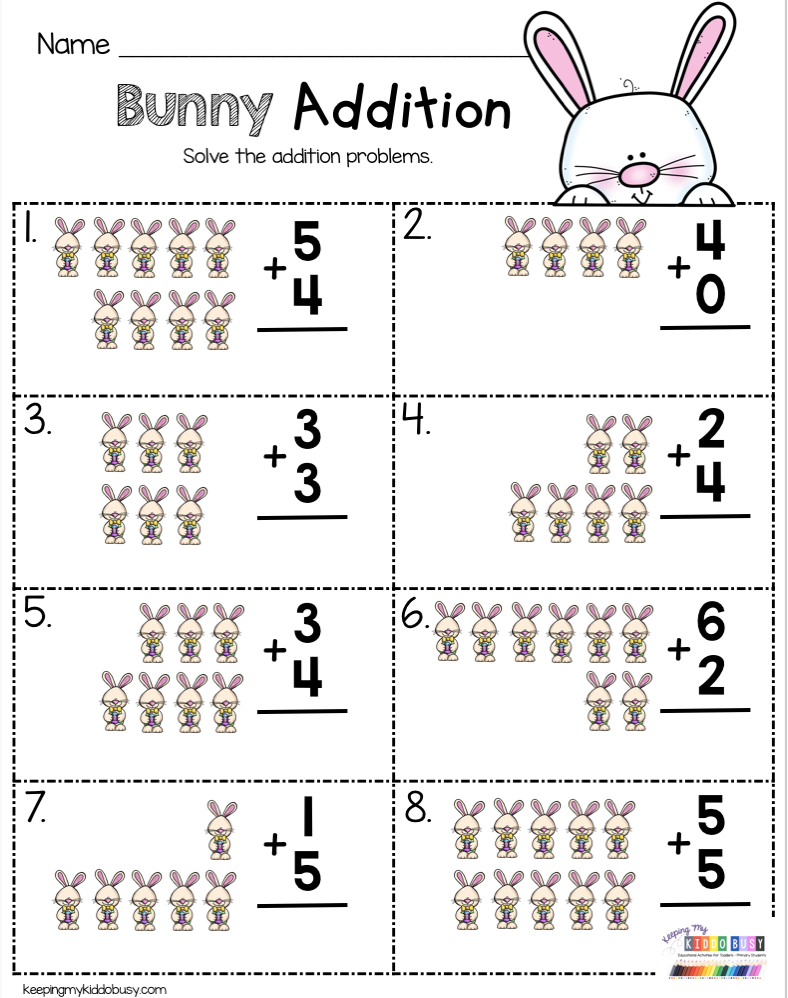 It is non-standard tasks that help a child develop his brain, learn how to find a solution, are not afraid of difficulties, apply mathematical tricks. Simple examples will only help to work out the skill of arithmetic calculations, and you can develop further only using non-standard thinking.
It is non-standard tasks that help a child develop his brain, learn how to find a solution, are not afraid of difficulties, apply mathematical tricks. Simple examples will only help to work out the skill of arithmetic calculations, and you can develop further only using non-standard thinking.
The modern Amamatika method from the AMAKids Intelligence Development Academy includes an online platform and math game simulators that allow you to develop all the abilities of children in the field of mathematics at once.
In order to teach students to easily solve problems of any complexity, as well as apply the “queen of sciences” in life, our textbooks and manuals offer interesting tasks with missing numbers, unbroken crosswords and puzzles, mathematical puzzles for grade 1 and for older children, fascinating mazes , tasks for ingenuity. Knowing how to apply non-standard methods of solving, the child does not experience fear of tasks of increased complexity. He takes on any challenge with interest.
Math Simulator Grade 1
The Amamatika platform and simulator will help you not only succeed in school, but also teach you how to find an approach to complex tasks, teach financial literacy and the basics of programming, help develop analytical thinking, spatial imagination. Mathematics is a complex subject, but if you approach learning in a structured way and adhere to a proven methodology, a student will be able to understand and consolidate even the most difficult topics.
On our convenient online platform, students can pull up any mathematical direction - you just need to go to the required section and start doing the exercises. The first grade math simulator will provide a correct understanding of the subject and lay the necessary foundations for further learning.
Also on the gaming platform there are sections with arithmetic, geometry, tasks, as well as tasks on financial literacy, programming and games for the development of logic, memory and attention. Amamatika - effective and convenient courses for modern children.
Amamatika - effective and convenient courses for modern children.
How the language we learn to count affects math skills
- Anand Jagashia
- BBC Future
Image copyright Getty Images
Four times 20 plus 12? Four and a half times 20? What is this number? Learning to count in a particular European language can affect how a child's mathematical abilities develop.
If I ask you to write the number ninety-two, you won't think much. By the time we are adults, the connection between numerals and their names in our language is already established and we recognize numbers almost automatically.
- Is it true that a foreign language is best learned in childhood?
- What does it mean to be fluent in a foreign language?
- Foreign accent syndrome: you speak like a stranger!
- How to Become a Memory Champion: Five Ways
It may surprise you, but 92 in English is not the best description of this number.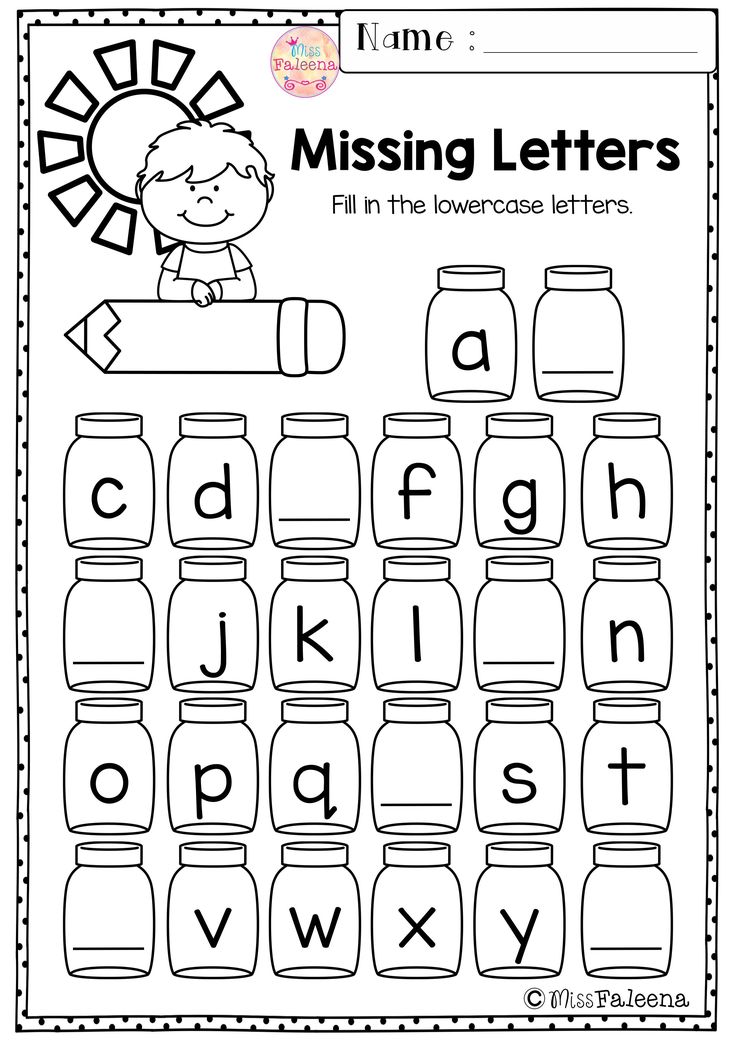 And in some other languages it's even worse.
And in some other languages it's even worse.
And some are better. But it's not just about semantics. As scientists believed as early as 1798, the language in which we learn to count can influence the development of our mathematical abilities.
And one European country in the 20th century even completely revised its counting system and made it simpler and easier - both for learning and for mathematical calculations.
What is the best way to count?
Almost all countries today use the decimal (base 10) number system. The most logical counting systems use words that reflect decimal structure and have clear rules. However, in many languages, these rules are complex and confusing.
For example, in French the number 92 is quatre-vingt douze or "four times 20 and 12". Danish 92 is tooghalvfems where halvfems means 90 (abbreviation of Old Norse halvfemsindstyve , "four and a half times 20".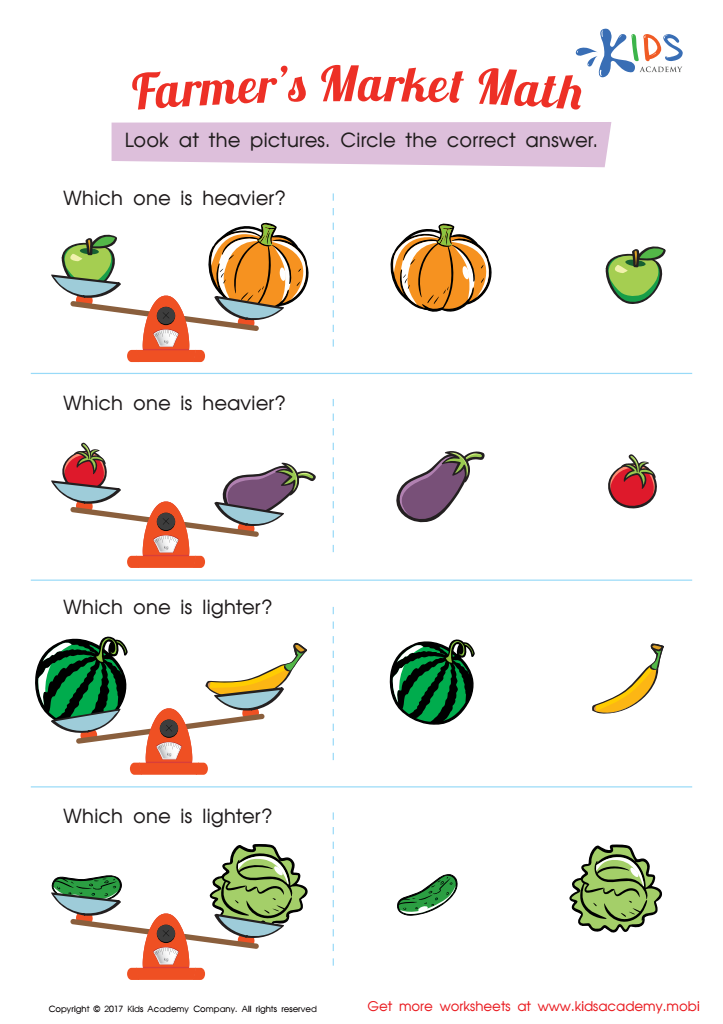
Photo by Javier Hirschfeld/Getty Images
Photo caption,90 is Danish halvfems. This is shorthand for Old Norse halvfemsindstyve, or "four with half times 20 "
Yes, and in English such numerals as twelve (12) or e leven (11), tell us practically nothing about the structure of the number as such. These words come from the ancient Saxon ellevan and twelif (meaning "one left" and "two left" - after subtracting 10).
Now compare this to standard Chinese (Putonghua), where the relationship between tens and ones is absolutely clear. 92, for example, in direct translation would be "nine ten two". Japanese and Korean use similar rules.
Psychologists call such systems transparent, transparent, the connection between numbers and their names is understandable and logical.
How language affects math skills
Skip the Podcast and continue reading.
Podcast
What was that?
We quickly, simply and clearly explain what happened, why it's important and what's next.
episodes
The End of the Story Podcast
There is growing evidence that this transparency in the counting system can affect the way we deal with numbers. For example, children from East Asian countries can better understand the essence of number formation in the decimal number system.
In one study, first grade students were asked to represent numbers (for example, the number 42) using blocks representing tens and ones.
Children from the USA, France or Sweden added 42 out of forty-two dice, while little Koreans and Japanese used four decimal dice and two singles. From this we can assume that the language already at this age affects how a person imagines numbers.
Of course, there may be many other reasons why children from different countries have different mathematical abilities: how they are taught mathematics, how they generally care about education, and so on. These factors are difficult to take into account when it comes to representatives of different cultures. But language helps to explain something.
The formation of numerals in modern Welsh is very clear and transparent. 92 - naw deg dau , i.e. "nine ten two", almost like in East Asian languages. But in the old, traditional system of Welsh (which is still used in the transmission of dates and ages), 92 will be written dau ar ddeg a phedwar ugain , that is, "two to ten and four times twenty."
A businessman from the Welsh diaspora in Argentina created a new system solely to make bookkeeping easier. But in the end at 1940s the system was adopted in the schools of Wales.
Image copyright Javier Hirschfeld/ Getty Images
Image captionIn the traditional Welsh system, the number 92 was written as "dau ar ddeg a phedwar ugain" - "two times ten and four times twenty"
Today in Wales about 80% of schoolchildren study mathematics in English, but 20% study in modern Welsh. And this opens up an ideal opportunity for experimentation: after all, children learn the same school curriculum in two different languages. In addition, they are from the same social environment, from the same country, with the same cultural characteristics.
Looking at their example, is the East Asian style system more effective than the system we follow in the West?
Six-year-olds studying English and Welsh were tested for the ability to locate two-digit numbers on an empty horizontal line marked "0" at one end and "100" at the other.
Both groups performed equally well on the arithmetic test, but the children in Welsh performed better on the position of numbers task.
"We think it's because the 'Welsh kids' had a better understanding of double-digit numbers," says Ann Dowker, lead author of the study and an experimental psychologist at Oxford University. more than the other."
From a change of place.
In some other languages, tens and ones in two-digit numbers are reversed. For example, in Dutch 94 is written as vierennegentig (that is, "four and 90"), and one study showed how this can affect the performance of certain mathematical tasks.
For example, Dutch kindergartners were worse than English kindergarteners at adding two-digit numbers. And this despite the fact that they were slightly older and with more developed working memory (kindergarten in the Netherlands starts later than in Britain).
But in all other respects (the ability to count, add and compare the number of points, addition of single-digit numbers), the two groups of children showed the same results.
"It shows the role that language plays," said Iro Zinidoux-Dervou, lead author of the study and lecturer in mathematical cognition at Loughborough University, England.
as 38, they say it to themselves and then draw its place on the line in front of them
In Dutch, it takes extra mental effort to swap the numbers in the numeral that sounds like "eight and 30". This extra mental load is what affects in the end to the final result.0003
And as it turns out, this doesn't just happen to children. The scientists tested these results in adults, only using software that tracks participants' eye movements.
"Eye movements reveal to us how cognitive processing of information takes place at a deep level. We could see at what moment in which direction the participant was looking," comments Zinidou-Dervu.
Image copyright Javier Hirschfeld/ Getty Images
Image captionDutch children have to rearrange two-digit numbers to understand them
Both adult groups showed equally accurate results in terms of the final direction of the participants' gaze. But when the numerals were pronounced, and not written in front of them, the Dutch representatives experienced a slight hitch and looked in the direction where the first digit in the number should be, that is, in the opposite direction (for example, when the number 94 was called, the first instinctive movement of the Dutch eyes was towards 49).
The results are surprising, since it has always been believed that in adults the recognition of numerals occurs automatically and no language affects this. But it turns out that Dutch's less transparent language system for forming numerals makes math tasks more difficult for Dutch adults as well.
"The influence is very small, but since we, as adults, do a lot of mathematical calculations, sometimes complex ones, in everyday life, the language system potentially acts as an additional obstacle in these calculations," notes Zinido-Dervu.
So how can we teach mathematics to our children if everything in our language is not as transparent as we would like?
"Well, it seems to me that the question should not be what language to teach children to count in," says Dowker. "Just remember that some difficulties in learning mathematics can be associated with one language system or another."
Zinidou-Dervu thinks so too.



